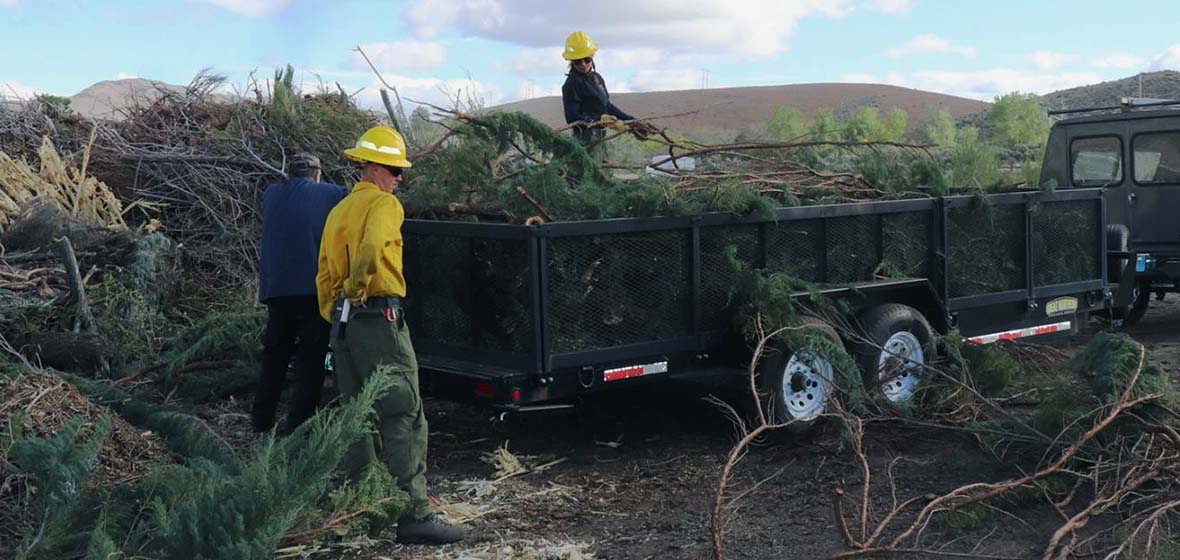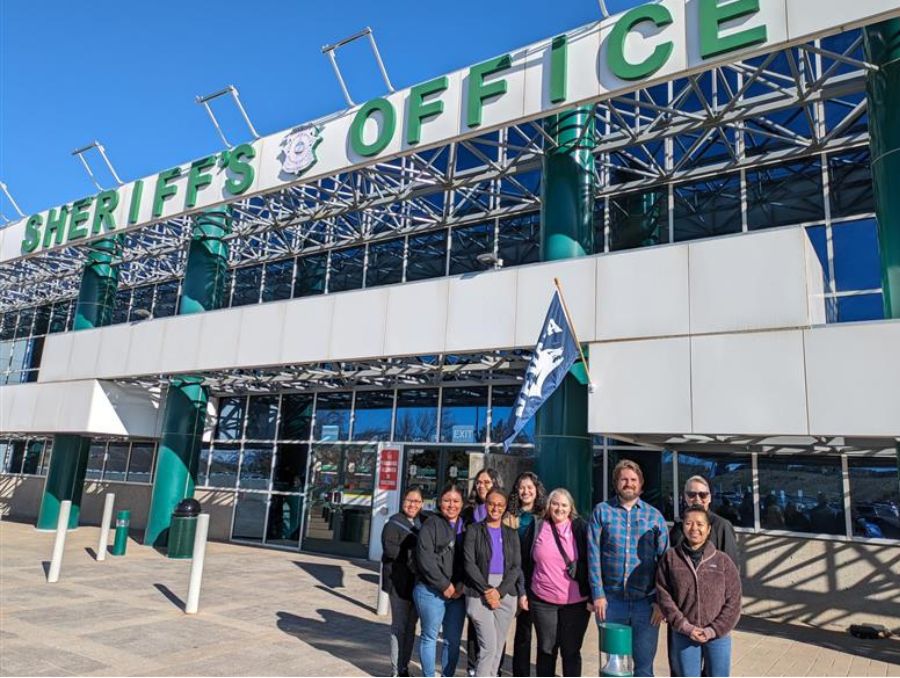Wildfires can occur in fall and winter
That November night, winds blew 20-30 mph (and gusted to 60 mph). Windblown tree branches struck a powerline, generated sparks and ignited the abnormally dry vegetation above Caughlin Ranch. Winds carried the fire and its embers, burning 1,900 acres. The Caughlin Fire shows wildfires can start and spread year round.
Prepare now for evacuation
During the fire, emergency responders knocked on doors to evacuate 8,000 residents at a moment's notice in the middle of the night while the electricity was out. This caught residents off guard and shows it is important to prepare for evacuation before one occurs.
Sign up with your local emergency notification system
Many people use cell phones instead of landlines, and this makes it difficult to notify residents of emergencies. To ensure they are notified of an emergency, residents should sign up for their area's alert system.
Be ember aware
It's estimated that 90 percent of homes destroyed during a wildfire are lost due to wind-blown embers, which can travel up to a mile ahead of the fire. During the Caughlin Fire, embers hop-scotched past some homes and destroyed others. Taking precautions to ensure a home is ember-prepared, such as closing its garage door when evacuating, can reduce the home's threat of wildfire ignition.
Maintain defensible space
Providing proper landscape vegetation selection and management reduces the threat of wildfire ignition to a home. Many Caughlin Ranch homes utilized a very flammable shrub in their landscapes, ornamental juniper. Dead vegetation in area landscapes from fallen, dried tree leaves and pine needles were also easily ignited. Removing junipers and cleaning up plant material can reduce the risk of wildfire ignition to a home.
To learn more about preparing the home and community for a wildfire, visit University of Nevada Cooperative Extension's Living With Fire website.
Jamie Roice-Gomes is the Living With Fire Program manager and outreach coordinator and Ashley Andrews is a communications specialist with Cooperative Extension. For more information on Living With Fire, contact Jamie at 775-336-0261.













